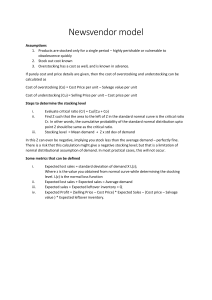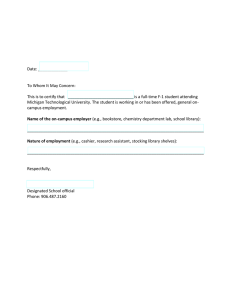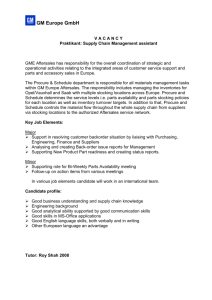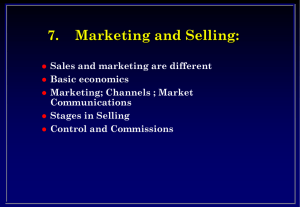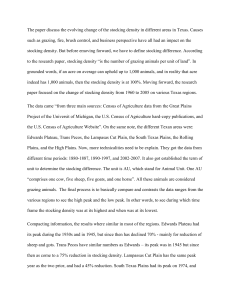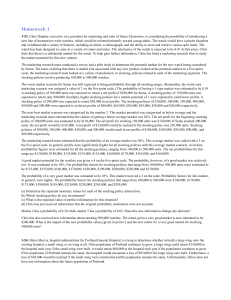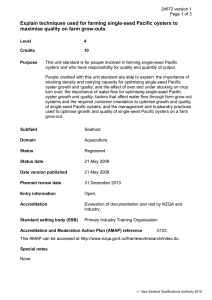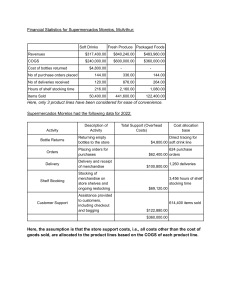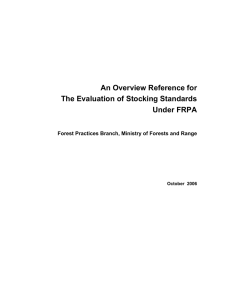Document 13880676
advertisement
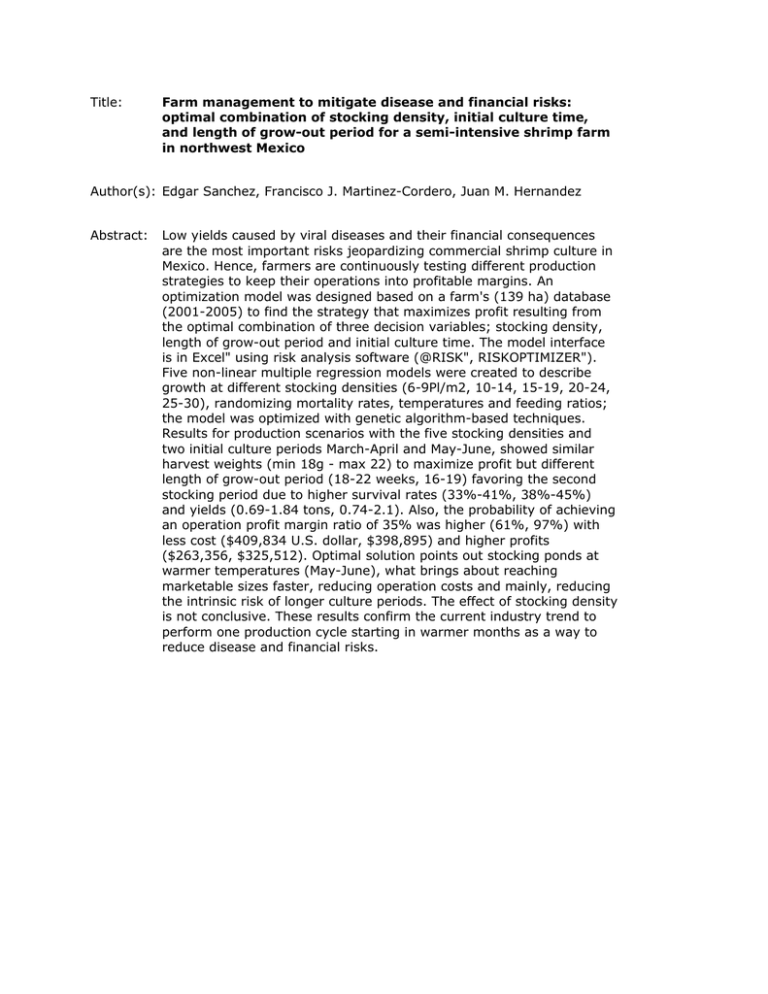
Title: Farm management to mitigate disease and financial risks: optimal combination of stocking density, initial culture time, and length of grow-out period for a semi-intensive shrimp farm in northwest Mexico Author(s): Edgar Sanchez, Francisco J. Martinez-Cordero, Juan M. Hernandez Abstract: Low yields caused by viral diseases and their financial consequences are the most important risks jeopardizing commercial shrimp culture in Mexico. Hence, farmers are continuously testing different production strategies to keep their operations into profitable margins. An optimization model was designed based on a farm's (139 ha) database (2001-2005) to find the strategy that maximizes profit resulting from the optimal combination of three decision variables; stocking density, length of grow-out period and initial culture time. The model interface is in Excel" using risk analysis software (@RISK", RISKOPTIMIZER"). Five non-linear multiple regression models were created to describe growth at different stocking densities (6-9Pl/m2, 10-14, 15-19, 20-24, 25-30), randomizing mortality rates, temperatures and feeding ratios; the model was optimized with genetic algorithm-based techniques. Results for production scenarios with the five stocking densities and two initial culture periods March-April and May-June, showed similar harvest weights (min 18g - max 22) to maximize profit but different length of grow-out period (18-22 weeks, 16-19) favoring the second stocking period due to higher survival rates (33%-41%, 38%-45%) and yields (0.69-1.84 tons, 0.74-2.1). Also, the probability of achieving an operation profit margin ratio of 35% was higher (61%, 97%) with less cost ($409,834 U.S. dollar, $398,895) and higher profits ($263,356, $325,512). Optimal solution points out stocking ponds at warmer temperatures (May-June), what brings about reaching marketable sizes faster, reducing operation costs and mainly, reducing the intrinsic risk of longer culture periods. The effect of stocking density is not conclusive. These results confirm the current industry trend to perform one production cycle starting in warmer months as a way to reduce disease and financial risks.
